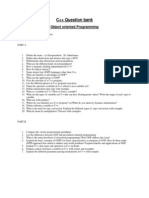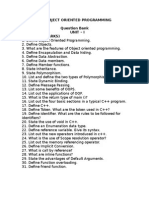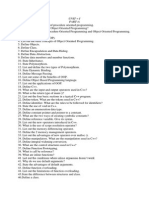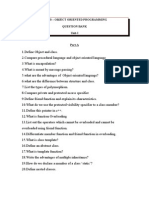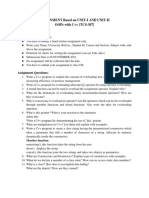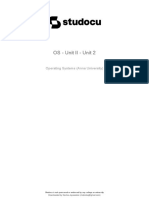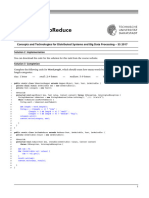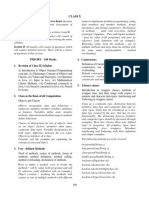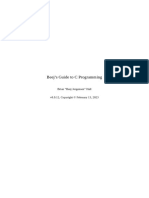0% found this document useful (0 votes)
7 views9 pagesImp Interview Question CPP
The document provides a comprehensive overview of C++ programming concepts, including differences between structures, unions, and classes, as well as function overloading and memory management. It covers advanced topics such as operator overloading, inheritance, exception handling, and the Standard Template Library (STL). Each section includes key definitions, examples, and explanations of important features and functionalities in C++.
Uploaded by
mshrikant454Copyright
© © All Rights Reserved
We take content rights seriously. If you suspect this is your content, claim it here.
Available Formats
Download as PDF, TXT or read online on Scribd
0% found this document useful (0 votes)
7 views9 pagesImp Interview Question CPP
The document provides a comprehensive overview of C++ programming concepts, including differences between structures, unions, and classes, as well as function overloading and memory management. It covers advanced topics such as operator overloading, inheritance, exception handling, and the Standard Template Library (STL). Each section includes key definitions, examples, and explanations of important features and functionalities in C++.
Uploaded by
mshrikant454Copyright
© © All Rights Reserved
We take content rights seriously. If you suspect this is your content, claim it here.
Available Formats
Download as PDF, TXT or read online on Scribd
/ 9


